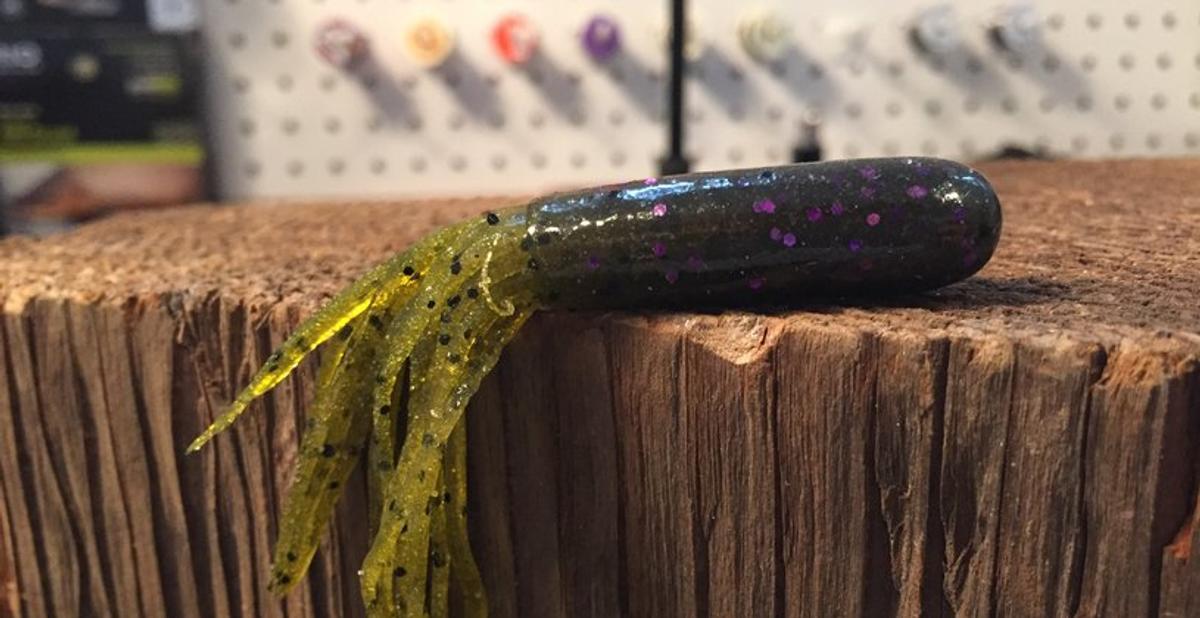3 Pro Tips For Fishing Tube Jigs
Ever since their first incarnation as ‘gitzits’, plastic tubes have been some of the most fish catching-est baits in our arsenal. The key to their success is their versatility. They can imitate any possible bass prey, from crawfish to shad. Tubes can also be rigged in a number of ways, which further extends their versatility.One of the most common types is the internal tube jig. By placing the weight inside the tube, it creates an erratic ‘death spiral’ on the fall – which is deadly on bass in almost any situation. Here are three tips to becoming a better tube jig fisherman.
1. Use Braid
The downfall to the internal head on a tube jig is that it creates a much smaller hook gap than other ways of rigging. This can make losing fish a common proposition when not used properly. The best way to compensate for this is to use braid. Braided line has no stretch, and it will greatly increase the penetrating power of the hookset. In clear water, tie on a short (2-4 foot) leader of fluorocarbon to minimize visibility.
2. Lube Them Up
Another frustration of tube jig fishing is the rigging itself – it can be darn annoying to get the jighead seated properly. To speed that process up, lube the jighead up with some saliva or scent to dramatically improve the rigging process.
3. Go Heavy
The allure of tube jigs lies heavily in their erratic fall. By increasing the weight of the internal head, the jig will fall more erratically and is thus more likely to elicit a reaction strike. In shallow water (6-10 feet) start out with a ¼ ounce head, and move up to a 3/8 or even ½ ounce as you get deeper. This will also help you feel strikes, as the bait will pull the line tighter on the fall.
Updated February 8th, 2016 at 12:48 PM CT


